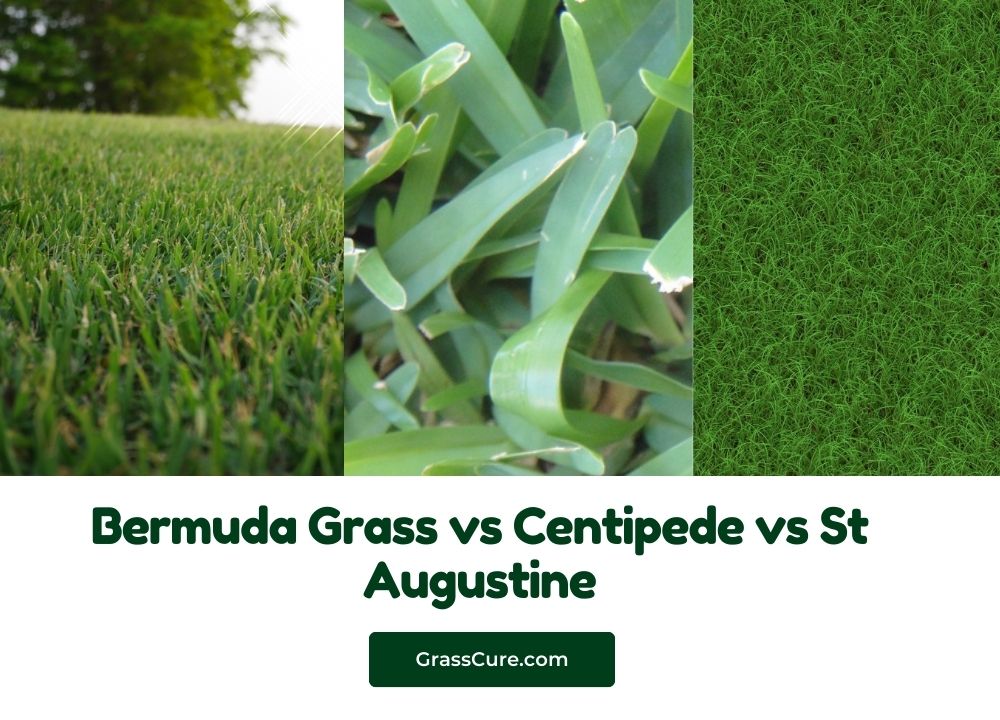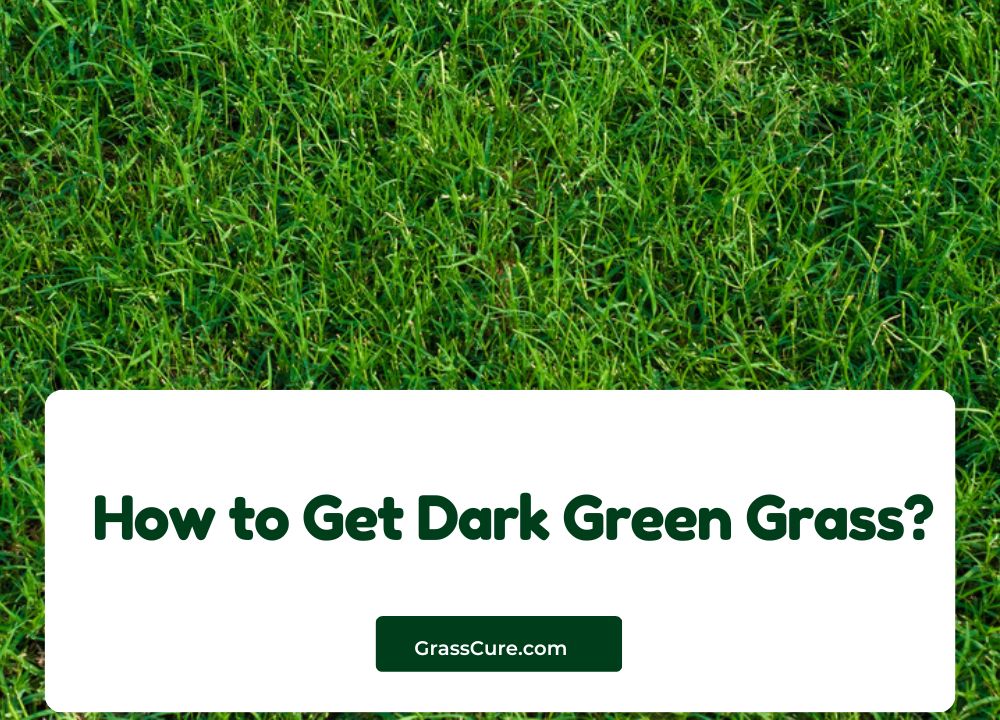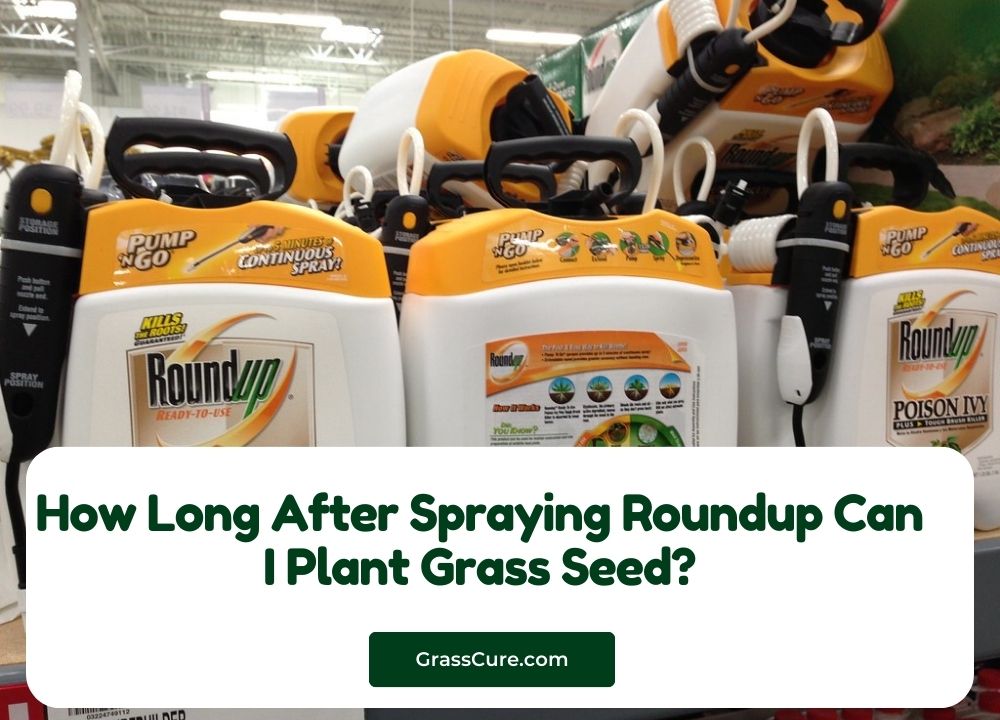Choosing the right grass type for your lawn is crucial for achieving a lush and healthy outdoor space. With various options available, homeowners often find themselves debating between popular choices like Bermuda Grass, Centipede Grass, and St. Augustine Grass. Each of these grasses has unique characteristics, ideal growing conditions, and maintenance requirements that cater to different climates and preferences. In this post, we will explore the key differences among these three grass types, helping you make an informed decision that suits your lawn’s specific needs.
Contents
Overview of Each Grass Type
Bermuda Grass
Bermuda Grass is a warm-season grass known for its durability and resilience. With its fine texture and vibrant green color, it is a popular choice for sports fields, golf courses, and high-traffic areas. Bermuda Grass thrives in full sun and prefers well-drained soils, making it ideal for warmer climates. Its aggressive growth habit allows it to recover quickly from wear and tear, but it does require regular mowing and fertilization to maintain its appearance.
Centipede Grass
Centipede Grass is often hailed as the “lazy man’s grass” due to its low maintenance requirements. This warm-season grass features a coarse texture and a light green hue. It grows well in acidic soils and prefers moderate temperatures, making it suitable for the southeastern United States. Centipede Grass is relatively drought-tolerant and doesn’t need frequent fertilization, but it does require less mowing than other grass types, making it an excellent choice for homeowners seeking a low-maintenance lawn.
St. Augustine Grass
St. Augustine Grass is a thick, lush grass that is particularly popular in humid, warm regions. It has broad blades and a dark green color, providing a rich, carpet-like appearance to lawns. St. Augustine thrives in full sun to partial shade, making it versatile for various landscapes. However, it requires consistent watering and regular fertilization to stay healthy. This grass type is also susceptible to pests and diseases, so proper management is essential for maintaining its beauty and vigor.
Bermuda Grass vs Centipede vs St Augustine
| Characteristic | Bermuda Grass | Centipede Grass | St. Augustine Grass |
|---|---|---|---|
| Climate Suitability | Warm-season grass | Warm-season grass | Warm-season grass |
| Growth Type | Rhizomatous and stoloniferous | Rhizomatous | Stoloniferous |
| Texture | Fine to medium | Medium | Coarse |
| Color | Dark green | Medium to dark green | Dark green |
| Drought Tolerance | Excellent | Good to excellent | Moderate to good |
| Shade Tolerance | Poor to moderate | Good | Moderate to good |
| Cold Tolerance | Low | Low | Low |
| Traffic Tolerance | High | Moderate to high | Moderate to high |
| Mowing Height | 0.5 to 1.5 inches | 1.5 to 2.5 inches | 2 to 4 inches |
| Maintenance | Moderate to high | Low to moderate | Moderate to high |
| Water Requirements | Moderate to high | Low to moderate | Moderate to high |
| Disease Resistance | Good | Good to excellent | Moderate to good |
| Common Uses | Lawns, sports fields, golf courses | Lawns, parks, coastal areas | Lawns, parks, coastal areas |
| Weed Resistance | Good | Moderate to good | Moderate to good |
Climate and Soil Preferences
Bermuda Grass
Bermuda Grass thrives in warm climates, making it an ideal choice for areas with hot summers and mild winters. It requires full sun and grows best in temperatures ranging from 75°F to 100°F (24°C to 38°C). Bermuda Grass prefers well-drained soils with a pH between 6.0 and 7.0. It is also drought-resistant, allowing it to endure periods of low rainfall, but it benefits from regular watering during dry spells to maintain its vibrant appearance.
Centipede Grass
Centipede Grass is well-suited for the southeastern United States, where it flourishes in moderate temperatures and humid conditions. It prefers acidic soils with a pH range of 5.0 to 6.0, making it ideal for regions with naturally acidic soil profiles. Centipede Grass can tolerate partial shade but performs best in full sun. It is more sensitive to cold temperatures than Bermuda Grass and typically goes dormant during winter, turning brown until spring.
St. Augustine Grass
St. Augustine Grass thrives in warm, humid environments, making it a popular choice in southern coastal regions. It prefers temperatures between 80°F and 100°F (27°C to 38°C) and requires full sun to partial shade for optimal growth. St. Augustine Grass does well in a variety of soil types but prefers sandy, well-drained soils with a pH between 6.0 and 7.5. It is not as drought-tolerant as Bermuda and Centipede grasses, so consistent watering is essential, particularly during dry periods.
Maintenance Requirements
Bermuda Grass
Bermuda Grass requires a moderate to high level of maintenance to keep it looking its best. Key maintenance tasks include:
- Mowing: Regular mowing is essential, typically every 1 to 2 weeks during the growing season. The recommended mowing height is between 1 to 2 inches to promote healthy growth and prevent thatch buildup.
- Fertilization: Bermuda Grass benefits from frequent fertilization, especially during the growing season. A balanced fertilizer with a high nitrogen content should be applied every 4 to 6 weeks to encourage robust growth and color.
- Watering: While Bermuda is drought-tolerant, it thrives with regular watering, especially during dry spells. Aim for 1 to 1.5 inches of water per week, either through rainfall or irrigation.
- Weed Control: Regularly monitor for weeds and apply pre-emergent or post-emergent herbicides as needed to prevent competition.
Centipede Grass
Centipede Grass is known for its low maintenance requirements, making it an excellent choice for those looking for an easy-care lawn. Maintenance tasks include:
- Mowing: Mow Centipede Grass less frequently, typically every 2 to 4 weeks. The recommended mowing height is around 1 to 2 inches, which helps maintain its healthy appearance without excessive wear.
- Fertilization: This grass requires minimal fertilization. A light application of fertilizer, ideally a low-nitrogen product, should be applied in late spring or early summer, usually every 12 to 18 months.
- Watering: Centipede Grass is drought-tolerant but requires regular watering, especially during dry spells. Aim for about 1 inch of water per week, depending on rainfall.
- Weed Control: While Centipede Grass is relatively resistant to weeds, it’s essential to monitor for common invasive species and manage them appropriately, using herbicides as needed.
St. Augustine Grass
St. Augustine Grass requires moderate maintenance to maintain its lush appearance. Key maintenance tasks include:
Mowing: Mow St. Augustine Grass regularly, typically every 1 to 2 weeks. The recommended mowing height is around 2.5 to 4 inches, which helps to shade the soil and reduce weed competition.
Fertilization: Fertilize St. Augustine Grass every 6 to 8 weeks during the growing season with a balanced fertilizer to promote healthy growth and color. Adjust the type of fertilizer based on soil tests for optimal results.
Watering: This grass type requires consistent watering, especially during dry periods. Aim for about 1 to 1.5 inches of water per week, ensuring deep watering to encourage strong root development.
Weed and Pest Control: St. Augustine Grass is susceptible to certain pests and diseases, so regular monitoring is essential. Implement pest control measures as needed and apply herbicides to manage weeds while following label instructions.
Aesthetics and Texture
Bermuda Grass
Bermuda Grass is characterized by its fine, dense texture and vibrant green color, giving it a manicured appearance that is often preferred for athletic fields and golf courses. The grass develops a uniform growth pattern, creating a visually appealing lawn. Its ability to withstand heavy foot traffic while maintaining its color makes it an attractive choice for homeowners seeking a resilient and beautiful lawn. However, its aggressive growth can lead to a somewhat coarse appearance if not properly maintained.
Centipede Grass
Centipede Grass features a coarser texture with a lighter green hue compared to Bermuda Grass. Its blades are broader and can give a more relaxed, natural look to a lawn. This grass type forms a dense carpet-like surface that is visually appealing, especially when it is healthy and well-maintained. While it may not have the same lush appearance as St. Augustine or Bermuda grasses, its low-maintenance nature makes it an attractive option for homeowners who prefer a simple yet beautiful lawn.
St. Augustine Grass
St. Augustine Grass is known for its thick, lush blades and rich dark green color, providing a luxurious, carpet-like appearance. Its broad, flat leaves create a soft and inviting texture that is ideal for residential lawns. St. Augustine Grass tends to spread rapidly, filling in bare spots quickly and creating a dense, visually appealing lawn. Its aesthetic appeal is often enhanced in shaded areas, where it can thrive better than other grass types. However, it does require more maintenance to keep its vibrant look, particularly in managing pests and diseases.
Pest and Disease Resistance
Bermuda Grass
Bermuda Grass is generally resistant to many pests and diseases, making it a robust choice for lawns. However, it can still be susceptible to certain issues:
- Pests: Common pests include grubs, armyworms, and billbugs. Regular monitoring and appropriate pest control measures, such as insecticides or natural predators, can help manage these threats.
- Diseases: Bermuda Grass is prone to diseases such as dollar spot, brown patch, and leaf spot, especially in humid conditions. Proper cultural practices, including good air circulation, adequate sunlight, and proper watering, can help prevent these issues. Fungicides may be necessary for more severe outbreaks.
Centipede Grass
Centipede Grass is known for its resilience against pests and diseases, making it a popular low-maintenance option. However, it still faces some challenges:
- Pests: It is generally resistant to pests but can be affected by mole crickets and certain types of grubs. Regular lawn inspections can help identify and control these pests before they cause significant damage.
- Diseases: Centipede Grass is less susceptible to diseases than other grass types, but it can experience issues like fungal diseases during periods of excessive moisture. Maintaining proper lawn care practices, such as ensuring adequate drainage and avoiding overwatering, can minimize disease risk.
St. Augustine Grass
St. Augustine Grass is more vulnerable to pests and diseases than Bermuda and Centipede grasses. Its maintenance requires careful attention to potential threats:
- Pests: Common pests include chinch bugs, sod webworms, and whiteflies. Regularly inspecting the lawn and applying targeted insecticides or organic treatments can help manage these infestations effectively.
- Diseases: St. Augustine Grass is prone to several diseases, including gray leaf spot, brown patch, and take-all patch. To reduce disease risk, homeowners should practice proper watering techniques (water in the early morning), ensure good air circulation, and maintain proper fertilization schedules. Fungicides may be necessary to combat severe outbreaks.
Cost Considerations
When choosing between Bermuda Grass, Centipede Grass, and St. Augustine Grass, it’s essential to consider both the initial installation costs and the long-term maintenance expenses associated with each type. Here’s a breakdown of the cost considerations for each grass type:
Bermuda Grass
- Installation Costs: Bermuda Grass can be established through seeds, sod, or plugs. Seed is generally the most cost-effective option, while sod can be more expensive due to labor and material costs. Expect initial costs to range from $0.10 to $0.50 per square foot for seed and $0.50 to $1.00 per square foot for sod.
- Maintenance Costs: Bermuda Grass typically requires more frequent mowing, fertilization, and watering than the other grass types. Ongoing maintenance costs can range from $200 to $400 per year, depending on the size of the lawn and the level of care required.
Centipede Grass
- Installation Costs: Centipede Grass is usually established through sod or seed, with sod being slightly more expensive. Costs can range from $0.10 to $0.40 per square foot for seed and $0.30 to $0.70 per square foot for sod.
- Maintenance Costs: Centipede Grass is known for its low maintenance requirements, resulting in lower ongoing costs. Homeowners can expect annual maintenance costs to be around $100 to $200, primarily for occasional fertilization and mowing.
St. Augustine Grass
- Installation Costs: St. Augustine Grass is typically installed using sod, which tends to be more expensive than seed. Expect installation costs to range from $0.50 to $1.00 per square foot, depending on the quality and availability of sod.
- Maintenance Costs: St. Augustine Grass requires regular mowing, watering, and fertilization, which can lead to higher ongoing expenses. Homeowners should budget around $300 to $500 per year for maintenance, factoring in potential pest and disease control treatments as well.
Conclusion
Choosing the right grass type for your lawn involves careful consideration of various factors, including climate, soil preferences, maintenance requirements, aesthetics, pest resistance, and cost.
Bermuda Grass is an excellent choice for those seeking a durable, vibrant lawn that can withstand heavy foot traffic but requires more frequent maintenance and higher costs.
Centipede Grass stands out as the low-maintenance option, ideal for homeowners looking for an attractive lawn with minimal upkeep. Its cost-effectiveness makes it a popular choice for those in warmer, acidic soil regions.
St. Augustine Grass offers a lush, thick appearance that enhances any landscape, but it does come with higher installation and maintenance costs and a susceptibility to pests and diseases.
Ultimately, your choice should align with your specific needs, local climate conditions, and budget. By carefully assessing these factors, you can create a beautiful, healthy lawn that enhances your outdoor space and meets your lifestyle requirements.






